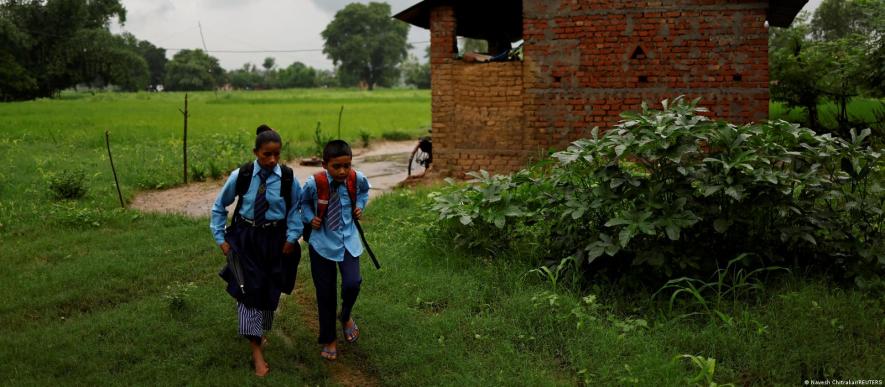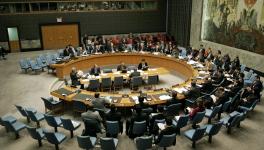What's Behind Nepal's Missing Children?

At least 6 children on average are missing every day in Nepal, according to the National Child Rights Council (NRCR), the state-run child protection agency. Though the majority of them are ultimately found and reunited with their families, almost one-third of them remain missing.
At least 36,612 children were reported missing from July 2006 to July 2022, according to the NRCR. A total of 23,259 of them were later found, but 36% of them (13,353) are still missing. Sixteen of the missing children were found dead or died after they were found.
Between July 2021 and July 2022, at least 4,646 children — 3,431of them girls — were reported missing. Around 4,269 of them were found, while 377 children remain missing (90 boys and 287 girls).
Concerns over human trafficking of children for forced labor or sexual exploitation is growing in communities across the Himalayan nation.
In Nepal, a person below 18 years of age is defined as a minor. Minors account for about 40% of the country's 30 million people.
Girls disproportionately affected
According to the 2019 report by National Human Rights Commission (NHRC), around 35,000 individuals have been subjected to human trafficking. Around 15,000 of the individuals were men, about 15,000 were women and about 5,000 were minors.
Lily Thapa, a member of NHRC, told DW that many of the missing children, many of them teenage girls, might have been trafficked for sexual exploitation and forced labor.
"Many children have reportedly left their homes for education in big cities like Kathmandu, but they might have ended up as laborers in hotels, restaurants, and as domestic helpers," she said. However, many children could have also left for India for work but remained incommunicado with their families, she added.
Vulnerable children from mostly low-income households have been targeted by cross-border human traffickers and sent to red-light districts in India for sexual exploitation, according to the NHRC.
Nepal Police spokesperson Tek Prasad Rai said some of the missing children could be exploited in kiln factories, hotels and restaurants, and dance bars.
"Nepal Police has been doing search and investigation even in India to find the missing minors and trafficked women," Rai told DW. "But we don't have any database of what portion of the missing minors is being targeted by human traffickers."
Rai said some children are also trafficked for organ removal purposes, but that such cases are very rare. He added that others are trafficked abroad under the pretext of being tourists to various countries, particularly in Africa and Gulf countries.
Ram Bahadur Chand from the NCRC told DW that girls were increasingly being targeted in recent years. Out of the 36,612 missing children in the last 16 years, more than 60% (21,946) were girls. In the past five years, out of the 16,785 missing minors, 11,916, or 71%, were girls.
"Almost 70% of the missing girls are at least 14 years old or above," Chand said.
![]()

Vulnerable children from low-income households have been targeted by cross-border human traffickers and taken to India for sexual exploitationImage: Navesh Chitrakar/REUTERS
Government mulls 'how to reverse trend'
For prominent Nepali human rights activist Mohna Ansari, the country's increasing trend of missing minors shows a lack of interest from the government to search and find its missing children. She also added that many more children could be missing as cases might be unreported.
But for police spokesperson Rai, Nepal's number of missing minors could be "much less" than the official data.
"We are informed when a child goes missing. But families don't follow suit once they are found," he told DW. "This is how the still missing figure is quite high. Otherwise, there would be plenty of follow-up requests to find the missing one."
Yamlal Bhusal, spokesperson of the Ministry of Women, Children, and Senior Citizens, said he has no clear answers to the whereabouts of Nepal's missing children, or who is behind their disappearances.
According to Bhusal, the government is brainstorming policies and action plans on "how to reverse this trend."
"We are reviewing and formulating policies and implementing an action plan to better coordinate among the various agencies to trace them (missing children)," Bhusal told DW.
Edited by Sou-Jie van Brunnersum
Get the latest reports & analysis with people's perspective on Protests, movements & deep analytical videos, discussions of the current affairs in your Telegram app. Subscribe to NewsClick's Telegram channel & get Real-Time updates on stories, as they get published on our website.
























